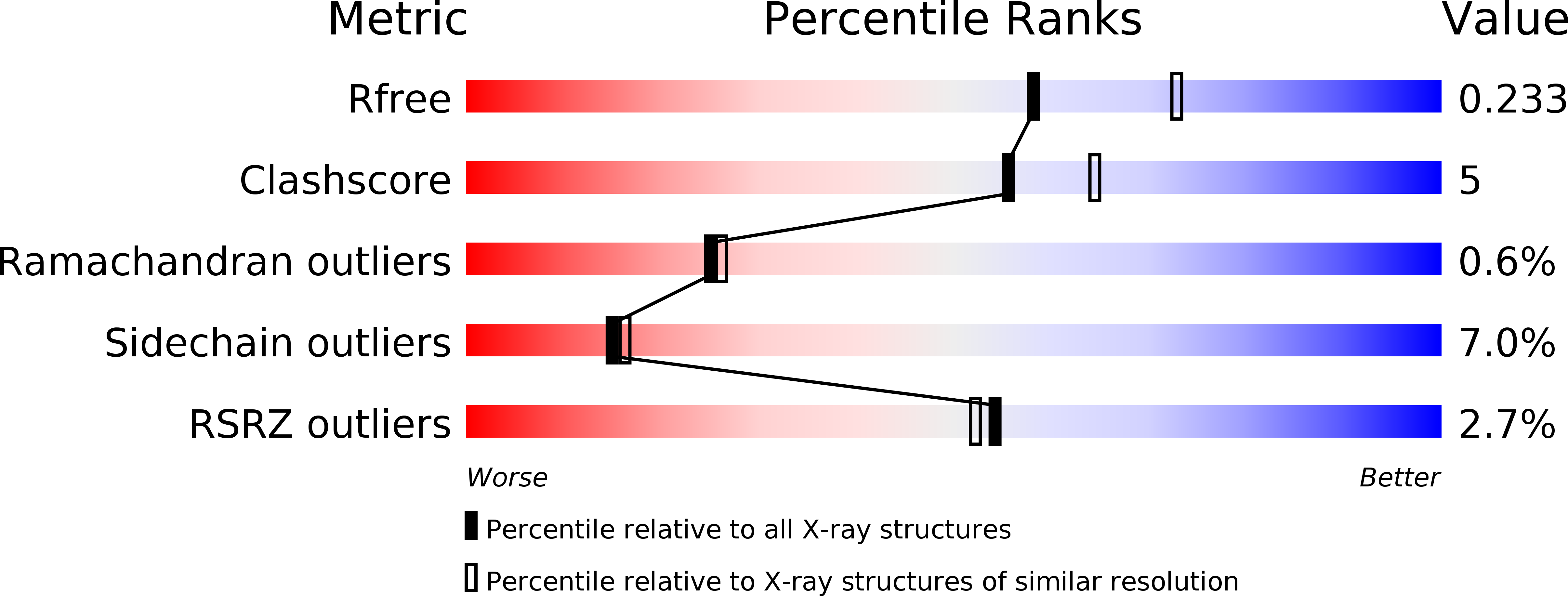
Deposition Date
2006-05-31
Release Date
2006-07-04
Last Version Date
2024-11-13
Entry Detail
PDB ID:
2H6B
Keywords:
Title:
Crystal structure of oxidized CprK in complex with o-chlorophenolacetic acid
Biological Source:
Source Organism:
Desulfitobacterium hafniense (Taxon ID: 49338)
Host Organism:
Method Details:
Experimental Method:
Resolution:
2.20 Å
R-Value Free:
0.22
R-Value Work:
0.18
R-Value Observed:
0.18
Space Group:
I 2 2 2


